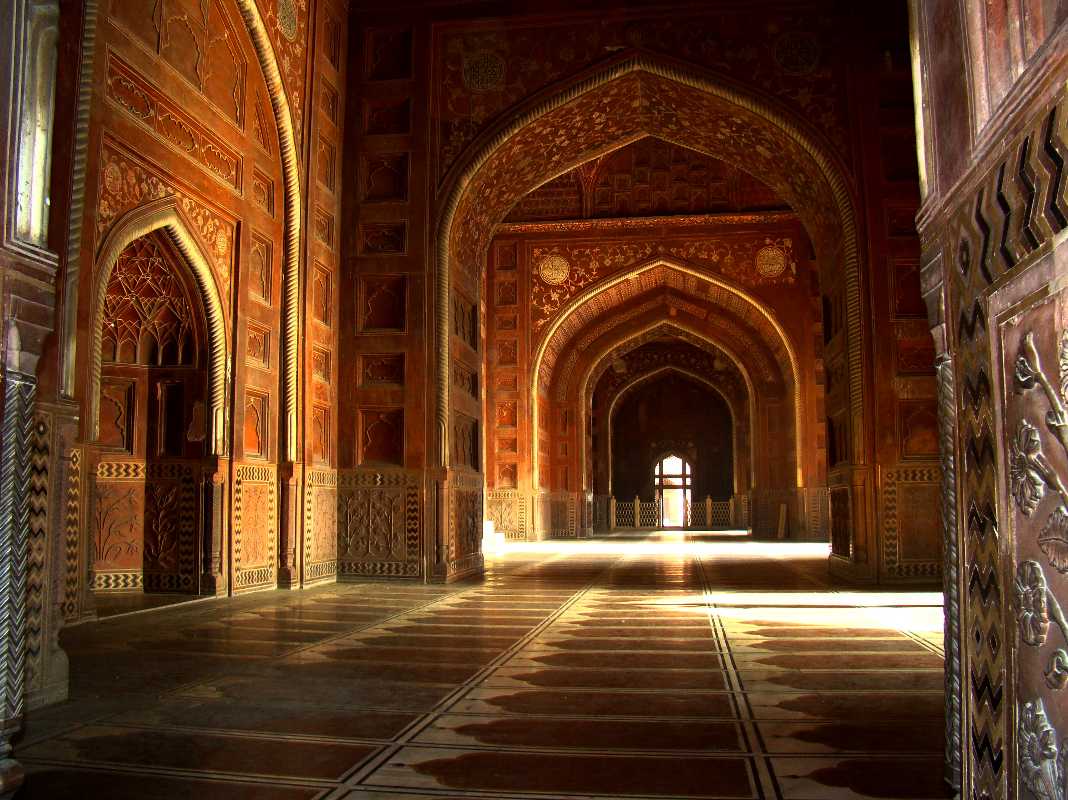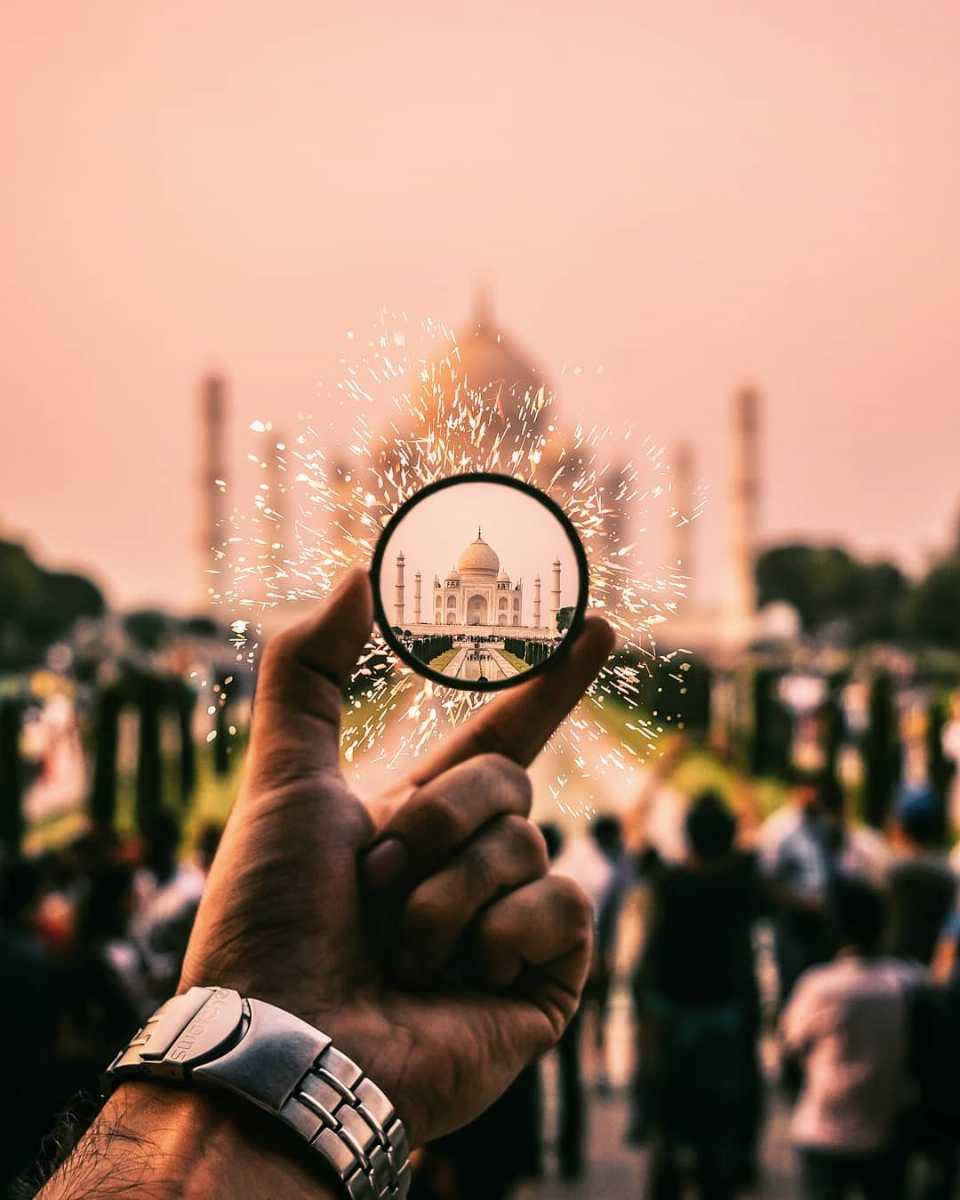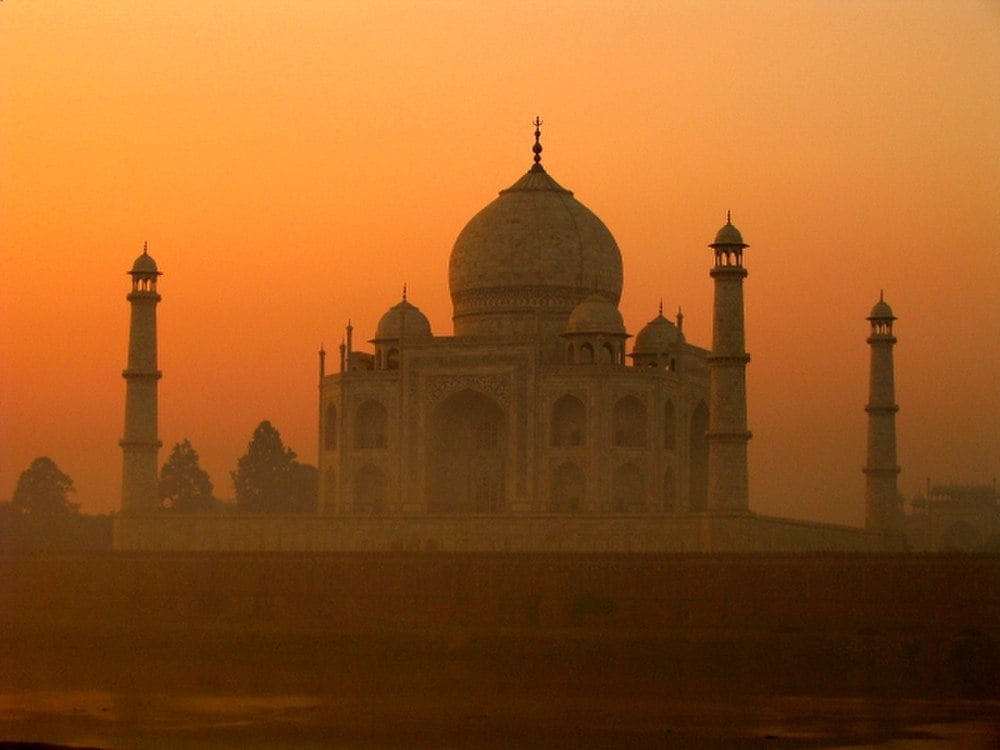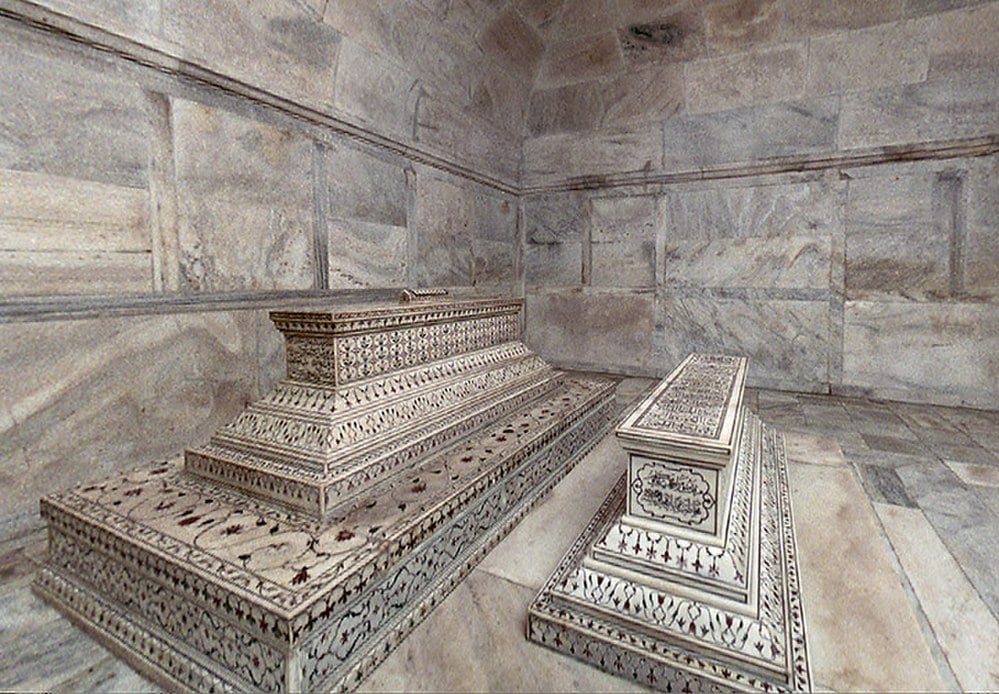The Story of Taj Mahal
The story behind this eternal love story dates back to 1607. Shah Jahan, who was initially named as Prince Khurram was the son of Jahangir, who was the fourth Mughal emperor of India. Jahangir was the grandson of Emperor Akbar the Great who is considered as one of the finest Mughal emperors from the Mughal dynasty. In the year 1607, Shah Jahan was strolling down Meena Bazaar when his eyes caught sight of a girl selling silk and glass beads. It was love at first sight for Shah Jahan, and the girl hawking the beads was no other than Mumtaz Mahal, who was then known as Arjumand Banu Begum. She was a Persian princess who was 15 at that time while Shah Jahan was only 14 years old. Emperor Jahangir gave his nod for the match in the year 1612.Taj Mahal stands as a depiction of love which Shah Jahan had for his wife and was built in her memory after her untimely death.
Here are 17 enthralling facts About Taj Mahal-
1. Taj Mahal is named after Shah Jahan's favourite wife - Mumtaz Mahal

Arjumand Banu Begum was rechristened as Mumtaz Mahal by Shah Jahan after their marriage. Mumtaz Mahal in Persian means the "Jewel of the Palace". Though Shah Jahan had seven wives, Mumtaz Mahal was his favorite, and she accompanied him everywhere. She died while giving birth to their 14th child due to some complications in the year 1631.
2. The Construction of Taj Mahal Involved the Help of an Army of Pachyderms
The construction materials for building the Taj Mahal, like marbles, precious gemstones and others were transported by the help of more than 1,000 elephants.3. Precious Stones Were Imported from Oustide India for construction of Taj Mahal

Inlay work precious and semi-precious stones were used which ranged to a variety of around 28 different types. These stones were sourced from Sri Lanka, Tibet, China and even several places in India.
4. The Taj Mahal Appears in Varying Shades Throughout the Day

Taj Mahal appears to be of a different colour at the different time of the day. It is pinkish in the morning, milky white in the evening and golden when the moon shines.
5. 'Allah' is Inscribed Many times onto the Tomb of Mumtaz
Ninety - nine names of Allah can be seen as calligraphic inscriptions on the tomb of Mumtaz Mahal.6. Annual Number of Visitors to Taj Mahal Is Equivalent to a City's Population

7. Taj Mahal is Hidden by a Bamboo Cover During Wars
Taj Mahal was covered with a stockpile of bamboo to save it from the bombers in the 20th century. During the Indo - Pak war of 1971, it was camouflaged with green cloth to protect it.8. An Amputee Was the Architect of the Taj Mahal
The foundation of the Red Fort was laid by Ustad Ahmed Lahauri who was the head architect for the Taj project too. It becomes quite absurd that an amputated architect would be entrusted upon by Shah Jahan who believed in perfect craftsmanship.9. Safety Measures Were Considered During Taj Mahal's Construction
If you happen to look at the minarets of the Taj closely you would find them tilting outwards. This was done to protect the dome in the event of a natural disaster like an earthquake. It was done to protect the tomb from being destroyed hence ensuring its safety.10. The Taj's Foundation Is Quite Surprising

Taj's foundation, which many will be bewildered to know, is made of timber whose longevity and durability is quite less. The foundation should have crumpled till now due to rotting if not for the Yamuna River. The river keeps the wood moist and strong hence helping to maintain a strong foundation.
11. Making Taj Mahal Today Would Cost over a Billion USD
12. There Was Almost the "Black Mahal' as Well
Taj Mahal is among the Seven Wonders of the World and is known worldwide. However, the fact that Shah Jahan wanted to build a black Taj Mahal for himself would surely astonish you. He began to build his own tomb on the other side of the river but was unable to complete it as he was taken captive by his son Aurangzeb.13. The Interiors of Taj Mahal Are Adorned with Holy Calligraphy

14. The British Left an Influence on the Taj Mahal
According to records, the initial landscaping of Taj Mahal included an abundance of daffodils, roses and fruits. However by the onset of the 20th century when the British took control over large parts of India, a change in the landscaping of the forecourts of Taj Mahal was observed. It was done to assert their authority over the people of India via imposing their architectural style.15. The Taj Mahal Was to Be Built Elsewhere Initially
Agra was NOT the actual site for the Taj Mahal. To commemorate his beloved wife, Shah Jahan had conceptualized the structure to be built in Burhanpur, Madhya Pradesh- the town in which Mumtaz died. Since enough white marble could not be procured from the site, the structure had to be shifted to the city of Agra, which has now become a heritage city.16. The Rooms with the Tombs Are Not Adorned or Decorated
